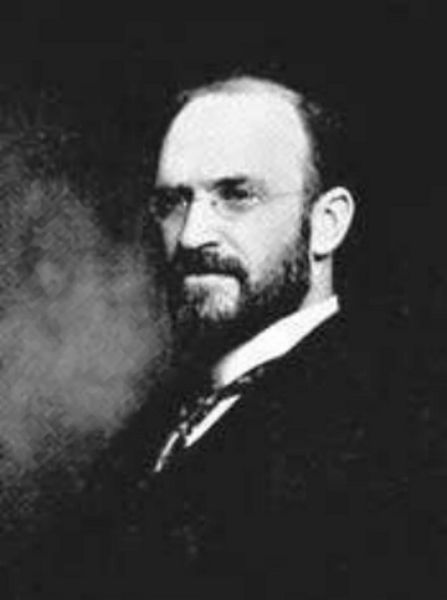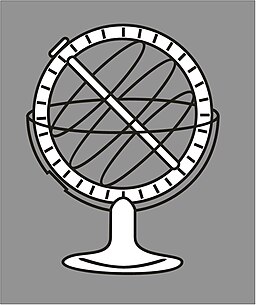Ruidoso Public Library's shelves follow the Dewey Decimal Classification System (DDC). I thought I might share some of the history and library science on Dewey and classification, in the hope it helps you find something useful in the stacks. The series will present ten parts because Dewey has ten divisions.
Trivia: Melvil Dewey believed in simplified spelling, which is why he didn't sign his name Melville.
Classification for books is similar to how animals and plants are divided in Kingdom: Phylum: Class: Order: Family: Genus: Species. In Dewey, subjects are lumped by 100s (Religion in 200s, Arts in 700s). Some ideas show up on several places, which is why we, librarians, may walk you to several shelves to answer a question. For example, with Halloween approaching, costumes are under 792, 646, and 391. Why? 391 is part of social sciences--the history of costumes across cultures; 646 is Beauty, including current trends in accessories or hair; 792 covers recreation, including costumes for parties.
I'll start with the end: the 900s are geography, biography, and history. In rough terms, books for how to travel, where to travel, and in case you believe in time travel, are located between 900 and 919. Dewey lived before multiculturalism, so the numbers radiate out from New England, rather than alphabetically or round the world by longitude. 920s cover individuals, famous families, genealogy, and idea books for names. 930s cover really ancient history (before 500 CE). 940s cover Europe's history; 950s are Asia; 960s Africa; and 970s North America. The 980s cover South America and 990s everything else. Dewey does that a lot--if there's a "9" in the number it is often everything he didn't know about yet. Let me present another example: if you are looking for a travel guide, look in the 910s. Europe, then Asia, followed by Africa, the Caribbean, North America, South America, and the Pacific.




No comments:
Post a Comment